Night Vision Goggles: A Comprehensive Guide for Beginners
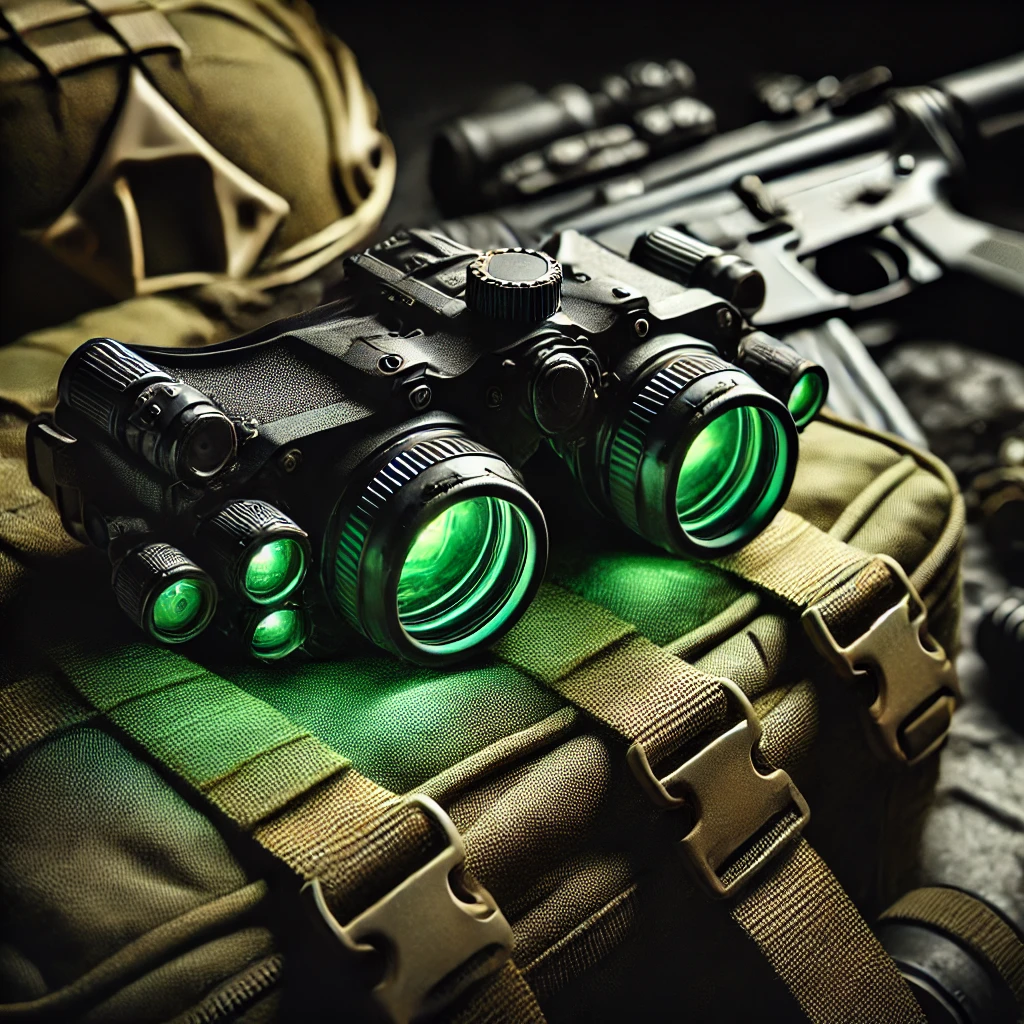
Night vision goggles (NVGs) have revolutionized visibility in low-light conditions, making them essential for military personnel, law enforcement, hunters, and outdoor enthusiasts. Whether you are considering purchasing your first pair or just want to understand how they work, this guide covers everything you need to know.
How Night Vision Goggles Work
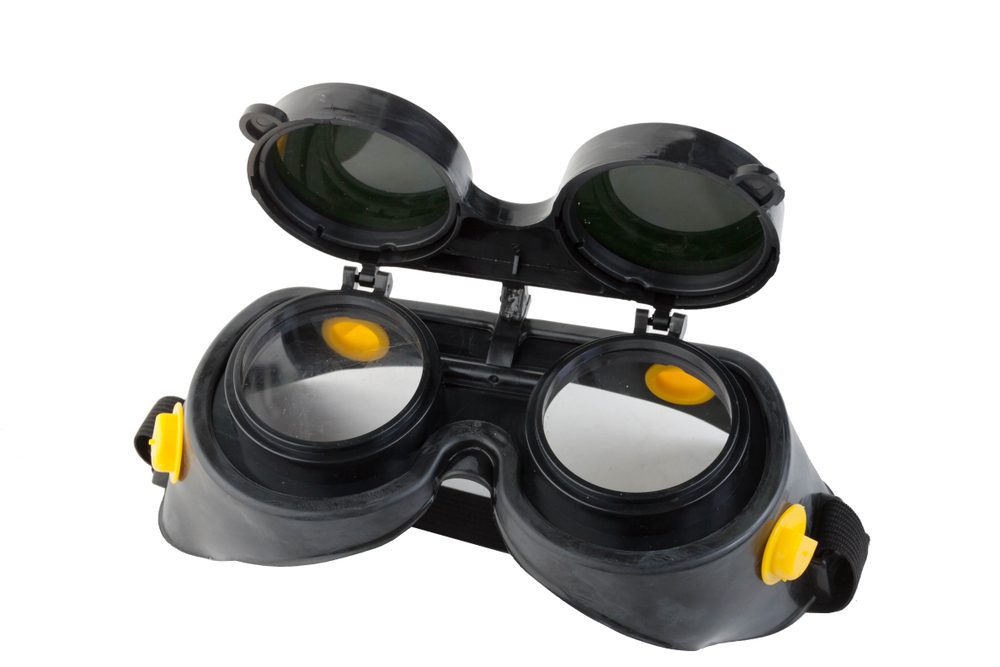
Night vision technology enhances visibility in darkness by amplifying available light or using infrared imaging. NVGs work through:
- Image Enhancement – Captures and amplifies small amounts of light, including infrared.
- Infrared Illumination – Some NVGs use infrared (IR) light to illuminate dark environments.
- Thermal Imaging – Detects heat signatures rather than relying on light sources.
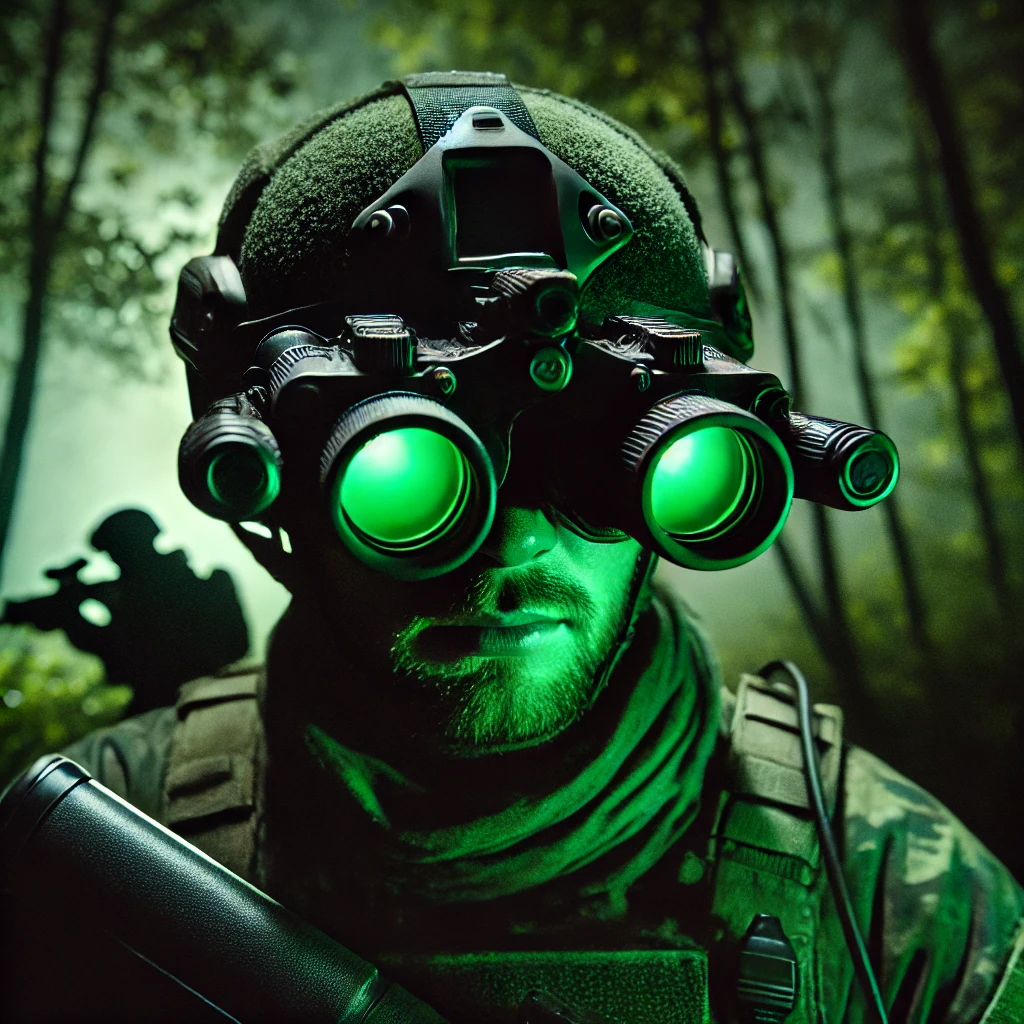
Types of Night Vision Goggles
There are different generations of NVGs, each offering various levels of performance:
1. Generation 1 (Gen 1)

- Affordable and widely available
- Provides basic night vision capabilities
- Lower resolution and requires some ambient light
2. Generation 2 (Gen 2)

- Better resolution and sensitivity
- Improved clarity in low-light conditions
- Suitable for professional and outdoor use
3. Generation 3 (Gen 3)
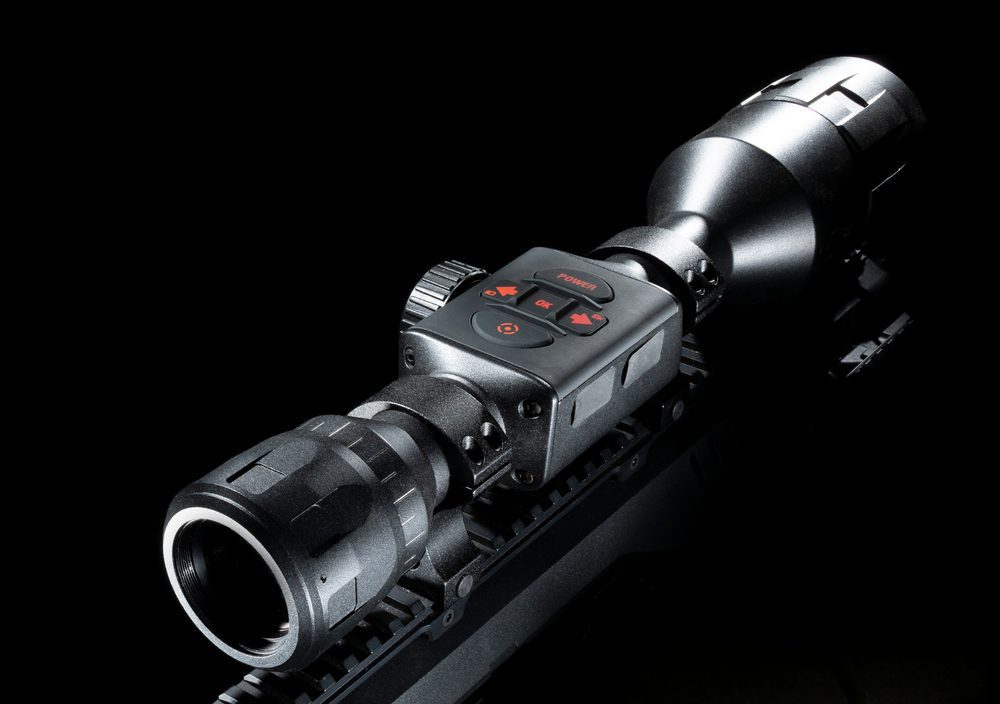
- Used by military and law enforcement
- High resolution with enhanced durability
- Performs well in complete darkness
4. Digital and Thermal Night Vision
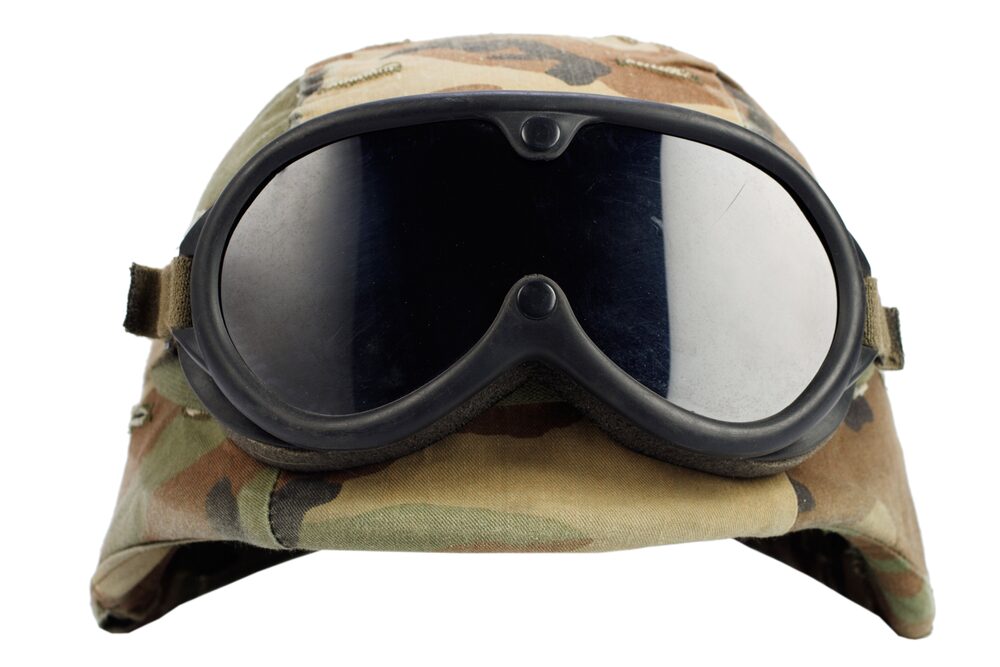
- Uses digital imaging technology
- Can function in both day and night
- Often includes video recording and zoom features
Key Features to Consider When Buying NVGs
When selecting night vision goggles, consider these essential factors:
- Resolution – Higher resolution offers a clearer image.
- Field of View (FOV) – A wider FOV improves situational awareness.
- Battery Life – Longer battery life ensures extended usage.
- Magnification – Most NVGs have a fixed 1x magnification, but some offer zoom capabilities.
- Durability – Shock-resistant and waterproof models last longer in harsh environments.
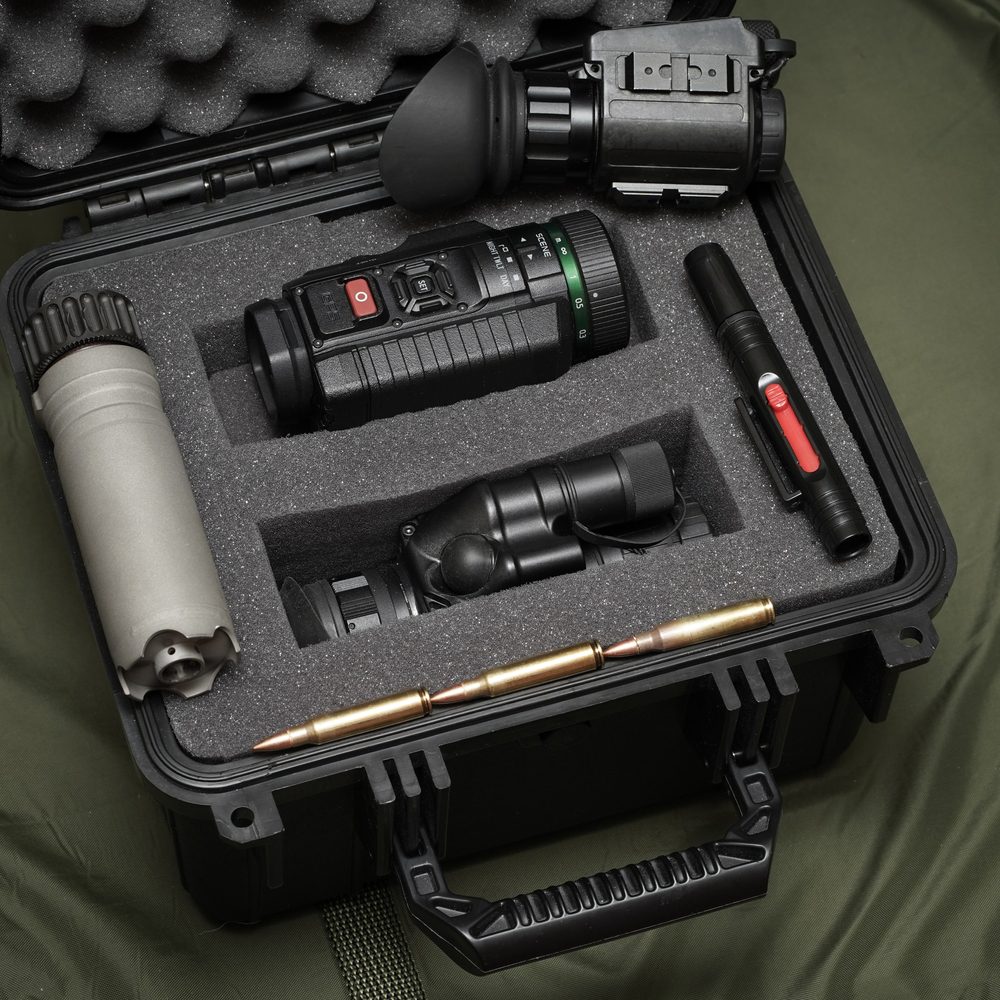
Pros and Cons of Night Vision Goggles
Pros:
✅ Provides clear vision in low-light conditions ✅ Enhances security and situational awareness ✅ Widely used for military, hunting, and surveillance ✅ Some models offer thermal imaging and digital recording
Cons:
❌ High-end models can be expensive ❌ Limited performance in extremely low-light conditions (for Gen 1 models) ❌ Some units are bulky and require proper adjustment
Best Uses for Night Vision Goggles
- Military and Law Enforcement – Tactical operations and surveillance.
- Hunting and Wildlife Observation – Spot animals at night without scaring them away.
- Camping and Outdoor Adventures – Navigating in the dark without using bright lights.
- Security and Surveillance – Detecting movement in low-light areas.

Frequently Asked Questions (FAQs)
1. Can night vision goggles work in complete darkness?
Most NVGs require some ambient light, but thermal imaging models can function in complete darkness.
2. Are night vision goggles legal to own?
Yes, in most countries, NVGs are legal for civilian use, but restrictions may apply in some regions.
3. How far can night vision goggles see?
The distance varies by model, but high-end NVGs can detect objects up to 300 yards away.
4. Can night vision goggles be used in daylight?
Traditional NVGs should not be used in daylight, but digital and thermal versions can function during the day.
5. How much do night vision goggles cost?
Prices range from $200 for basic models to over $5,000 for advanced military-grade NVGs.
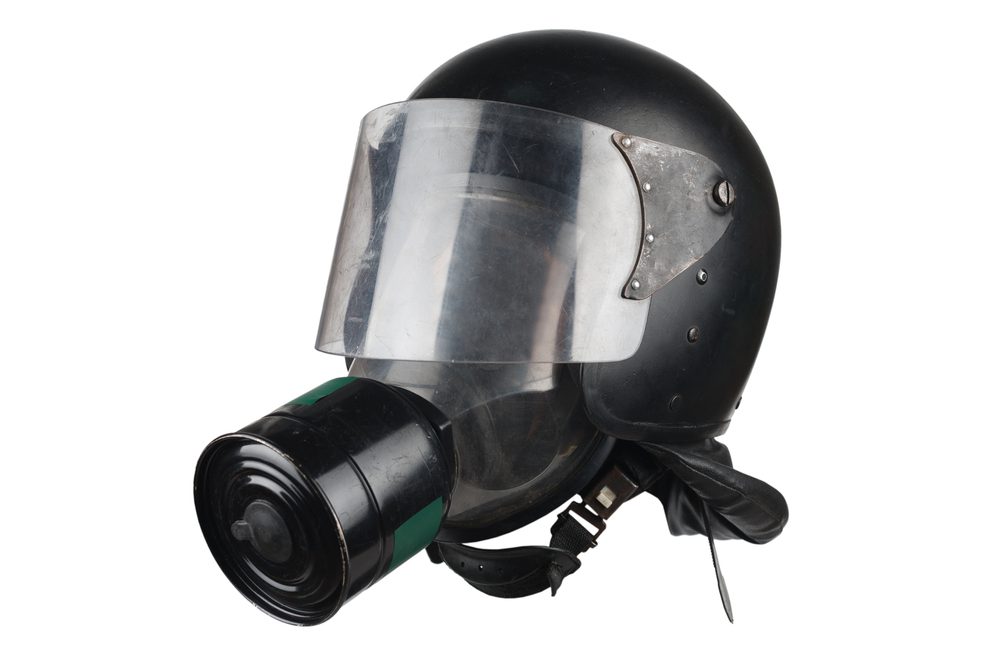
Conclusion
Night vision goggles provide a significant advantage in low-light conditions, enhancing safety and situational awareness. Whether you’re using them for security, hunting, or tactical applications, choosing the right NVGs depends on your needs and budget. Understanding their functionality and features will help you make an informed purchase and maximize their potential.
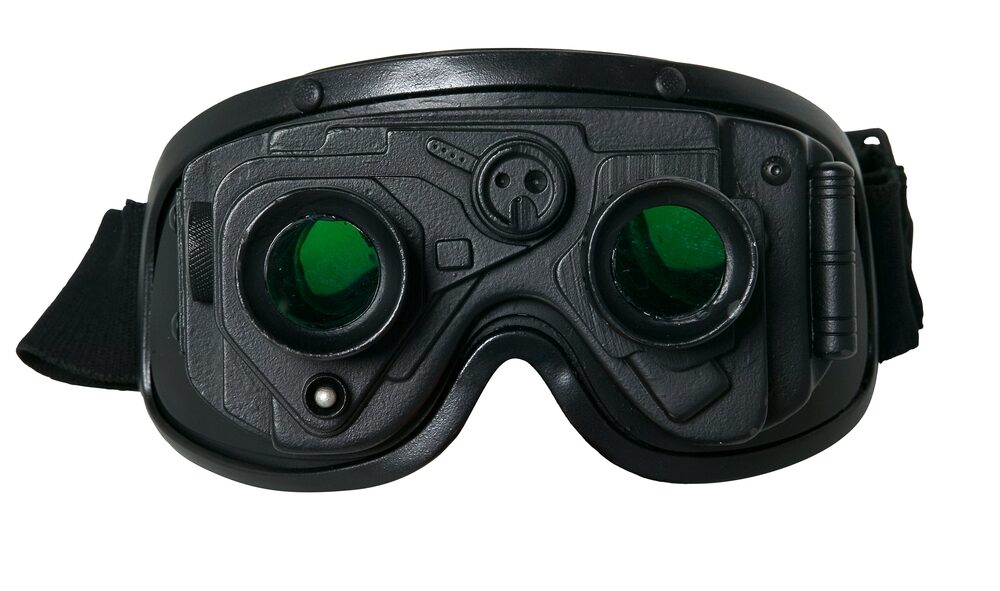



Leave a Reply